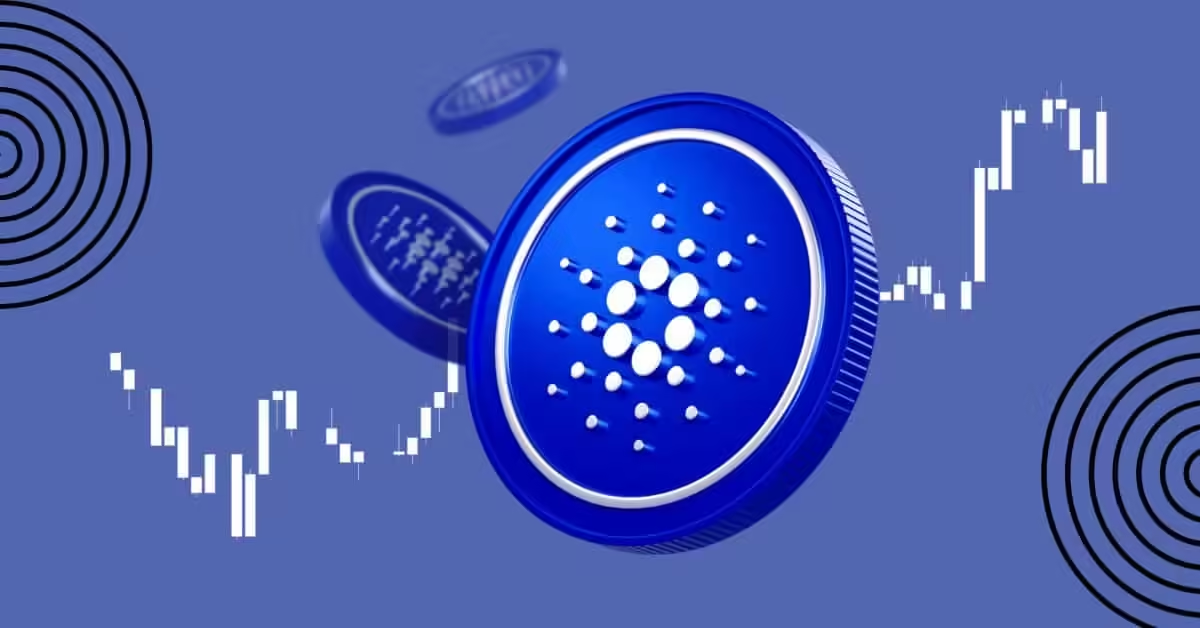|
Getting your Trinity Audio player ready...
|
The introduction of the Markets in Crypto-Assets (MiCA) regulations across Europe has set the stage for a new era in the cryptocurrency landscape. These regulations aim to create a more transparent and accountable industry by addressing the risks associated with digital assets, ensuring consumer protection and market stability. As existing stablecoins face increased scrutiny—leading to delistings by platforms like Coinbase—there’s a growing opportunity for new players to step in. Could IOTA be the next big contender?
With its decentralized and scalable framework, IOTA offers an ideal foundation for a MiCA-compliant stablecoin. Its unique Tangle technology supports feeless, instant, and highly efficient transactions, positioning IOTA as a strong candidate for this emerging space in digital assets.
The MiCA Effect – A New Playing Field For Stablecoins
MiCA introduces a robust regulatory framework for digital assets in the European Union, aiming to protect consumers while promoting market integrity. As non-compliant stablecoins face delistings and increased pressure, the market opens up to new entrants capable of adhering to these guidelines. The key question now is: who will step up?
IOTA’s feeless transaction system provides a clear advantage. Unlike other networks that suffer from congestion and rising fees as they scale, IOTA’s Tangle technology ensures high throughput without compromising cost-efficiency. This makes IOTA an attractive option for launching a stablecoin that must operate smoothly under MiCA’s stringent requirements.
IOTA’s Tangle – A Technological Advantage
At the core of IOTA’s appeal is its Tangle technology—a distributed ledger designed to support feeless and scalable transactions. This decentralized system eliminates the need for traditional miners, reducing energy consumption while speeding up transaction times. For a MiCA-compliant stablecoin, this technology offers a fast, efficient, and secure platform for conducting large volumes of transactions.
But IOTA’s capabilities don’t stop there. The network’s Trade and Logistics Information Pipeline (TLIP) has already proven itself by securing global trade through the exchange of immutable data. This platform allows participants to exchange electronic documents like export declarations and airway bills with unparalleled security and efficiency. These same principles could apply to a stablecoin, ensuring not only smooth transactions but also increased transparency and stability.
IOTA’s TLIP technology has shown that it can reduce the cost of cross-border transactions by up to 80%, a potential game-changer for stablecoins. Its successful integration in industries like global trade and logistics demonstrates its ability to handle complex transactions at a fraction of the cost. As stablecoins increasingly become part of global trade ecosystems, IOTA’s feeless and scalable model could become indispensable.
With TLIP’s proven track record in Africa’s trade industry and its ability to halve operational costs, the potential for an IOTA-based stablecoin in the global payments system is immense. Such a stablecoin would offer quick, transparent, and secure cross-border transactions, transforming how industries manage payments and reducing financial barriers.
A Future with IOTA – Collaborations and Growth
IOTA’s ecosystem continues to expand through strategic partnerships that enhance its technological capabilities. Recent collaborations with Tide Protocol and Digimarc have bolstered IOTA’s EVM ecosystem, while partnerships with Agro2Circular and the European Commission reflect IOTA’s commitment to innovation. These collaborations not only highlight IOTA’s ability to support a compliant and efficient stablecoin but also demonstrate its focus on environmental sustainability and technological advancement
Also Read: MiCA Could Trigger Crypto Exodus to the Middle East – Regulatory Expert
As IOTA’s Total Value Locked (TVL) surpasses $5 million, the network’s growing presence in decentralized finance (DeFi) solidifies its standing in the crypto world. A MiCA-compliant stablecoin launched on IOTA’s infrastructure could very well be the key to unlocking a new era of global financial systems.
IOTA’s decentralized, feeless, and scalable framework aligns perfectly with the goals of MiCA regulations, making it a prime candidate for developing the next generation of stablecoins. Its Tangle technology and proven success in logistics and trade provide a strong foundation for creating a MiCA-compliant stablecoin that could revolutionize cross-border payments and global trade. As Europe moves toward a more regulated crypto future, IOTA could be poised to lead the charge.
Disclaimer: The information in this article is for general purposes only and does not constitute financial advice. The author’s views are personal and may not reflect the views of Chain Affairs. Before making any investment decisions, you should always conduct your own research. Chain Affairs is not responsible for any financial losses.




